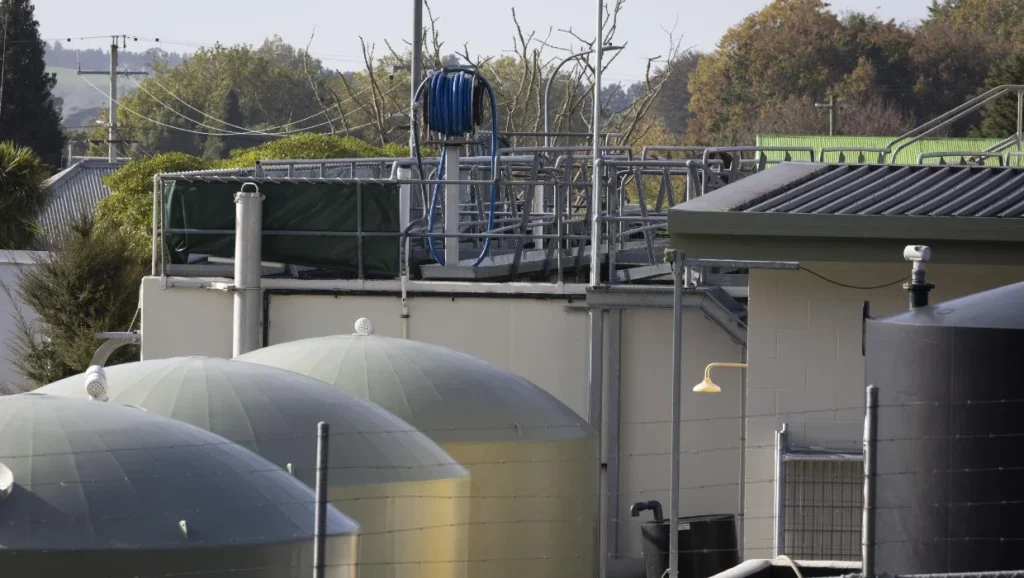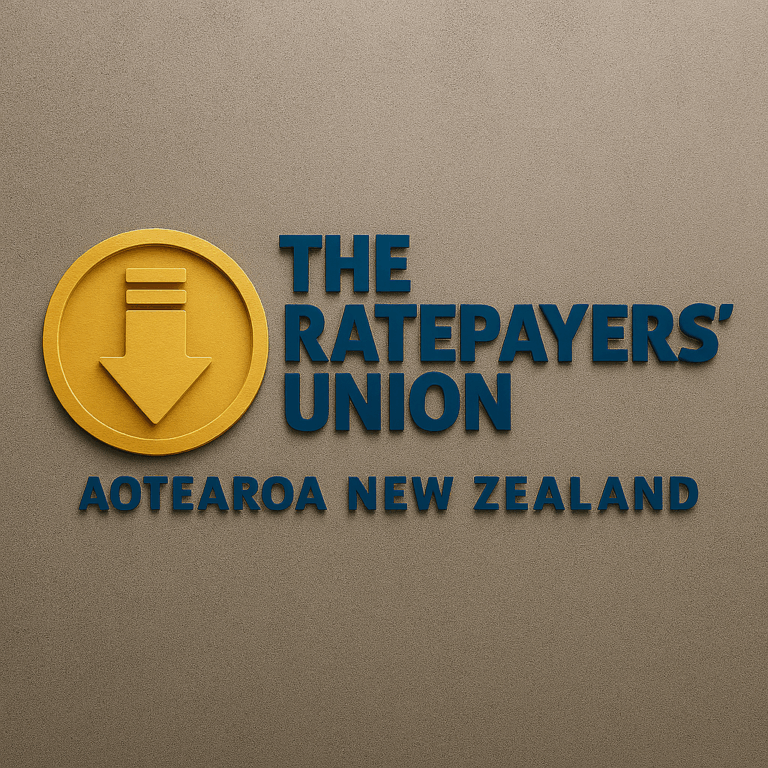
ANALYSIS: Running the tap and flushing the toilet was always going to cost more in the coming years.
As the country gets to grip with decades of underinvestment in water infrastructure, and as prolonged boil water notices and poor condition pipes and wastewater plants are clamped down on, the bill was always going to arrive on the homeowner’s doorstep.
But now the potential cost of this water bill is being unearthed. And with it, the political risk facing the Government will also be exposed in the coming months.
On Saturday, The Post reported on the details of Water Service Delivery Plans being produced by councils across the country, which outline both the cost of capital investment in water in the coming decade, and the prospective cost to the ratepayer.
The estimates are blunt, distilled into the possible cost for an average connection. It might be that such figures exceed what the majority of households actually see. But the trajectory is clear: the cost of water is going up.
On average, according to these plans, water bills in Christchurch are expected to increase by $900 a year. In Hamilton, it’s $1700. In Nelson, $750. In Dunedin, a $1200 lift. In Selwyn, $1800. In Wellington, bills could rise from $2100 to $4800.
here is reason to believe that water is going to cost more under this scheme than Labour’s hypothesised and repealed Three Waters model, and more than National planned when it drew up its Local Water Done Well reforms.
At their core, both Labour’s and National’s policies hoped for a similar outcome: region-sized water entities drawing on reasonably priced debt to provide quality water services at a scale that allowed for efficiencies.
Labour sought to achieve this by taking water infrastructure from councils and have them choose professionals to run new super-sized water entities, which in theory would have the revenue-gathering heft to go to market and acquire the necessary debt to fund infrastructure repair and renewal.
National has let councils keep control and decision-making, encouraged them to work with neighbours to form super-sized water entities, and enabled them to acquire the necessary debt to fund infrastructure repair and renewal from the Local Government Funding Agency, conditional on the size of the water service provider established.
The Government has spent 18 months erecting this scheme and cajoling councils into meeting its terms.
But as a September 3 deadline for councils to produce their plans to the Government nears, there are early signs the policy has not worked out quite as National might have hoped.
There is a straightforward sum: asking councils to work with their neighbours looks to be producing more than 40 water entities across the country. The Labour model proposed 10.
Regional entities in Taranaki, South Canterbury, and Western Bay of Plenty have fallen over. The fewer councils in a water entity, the fewer connections it can draw revenue from, the less favourable the debt it can raise.

Many councils will be delivering water services “in-house”, also limiting their debt-borrowing capacity.
Already the Department of Internal Affairs has sent letters to six councils asking they reconsider going it alone, and join with their neighbours.
But with the September 3 deadline approaching, the Government may instead be reaching for the stick.
Local Government Minister Simon Watts can appoint Crown facilitators or specialists to push councils towards forging regional entities.
This may mean the Government finds itself, to some degree, in the position Labour was — effectively compelling councils to work with their neighbours.
And it would be doing so after letting councils determine their own fate and, in a case like Stratford District Council in Taranaki, acting on the views of their constituents.
Essentially, the Government would be riding roughshod over local opinion.
Intervening in one council’s plan of course means also compelling its neighbours to work with them. Some councils might be told to work with their neighbours not because their own plan is unsustainable, but because their neighbour cannot do it alone.
Again, the Government risks overlooking the local view.
It could be a testy few months between the Government and the councils it deems to have failed to meet the Local Water Done Well threshold.
No doubt Watts and his department will seek to downplay any conflicts which expose cracks in the policy.

